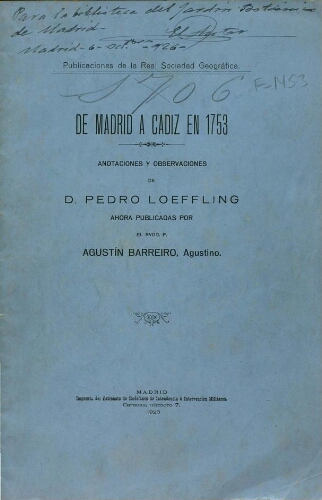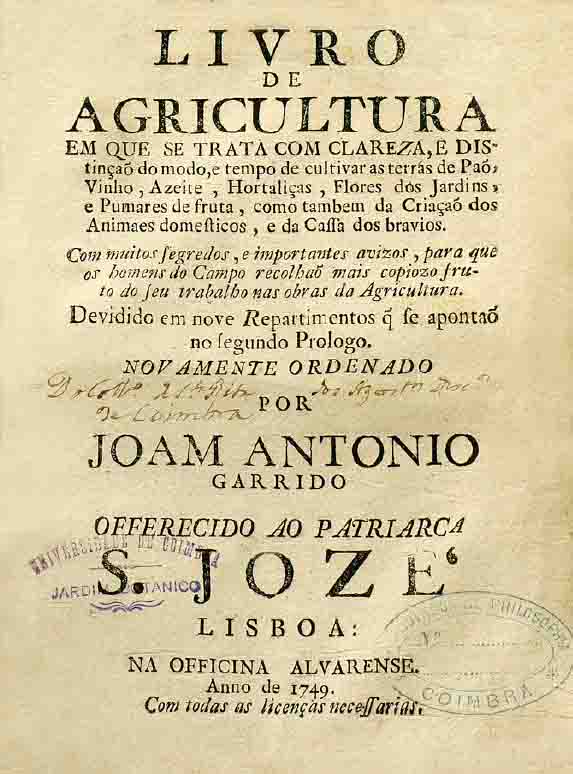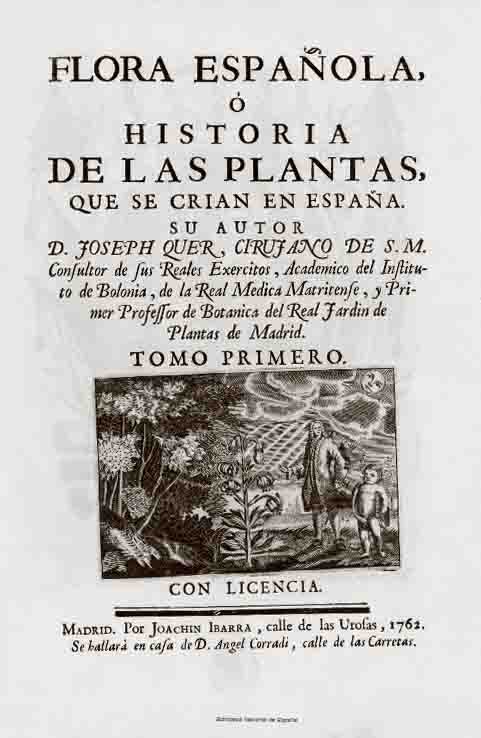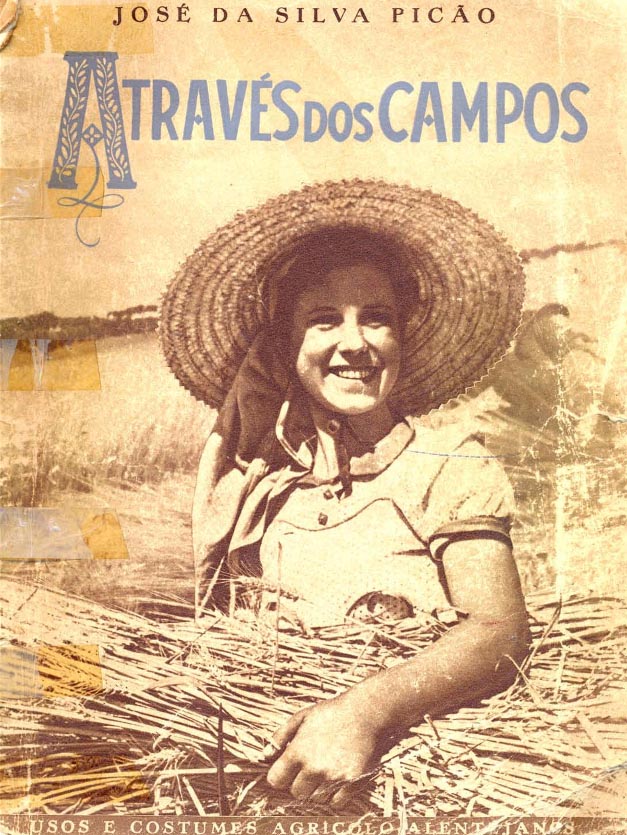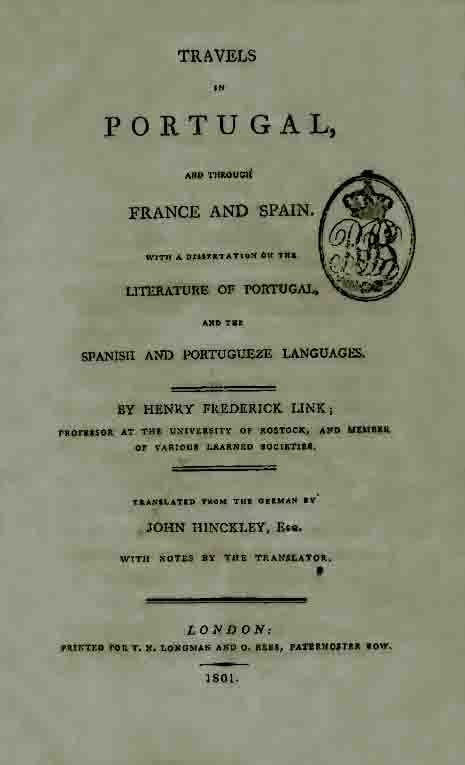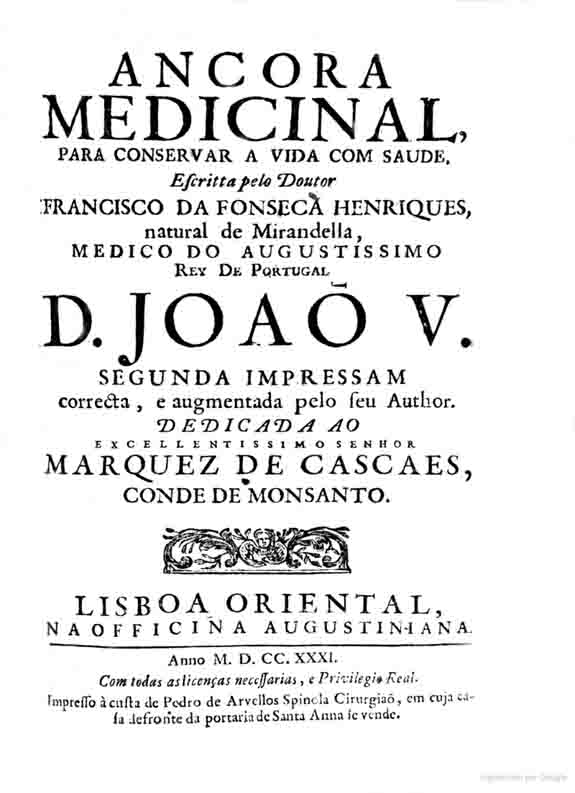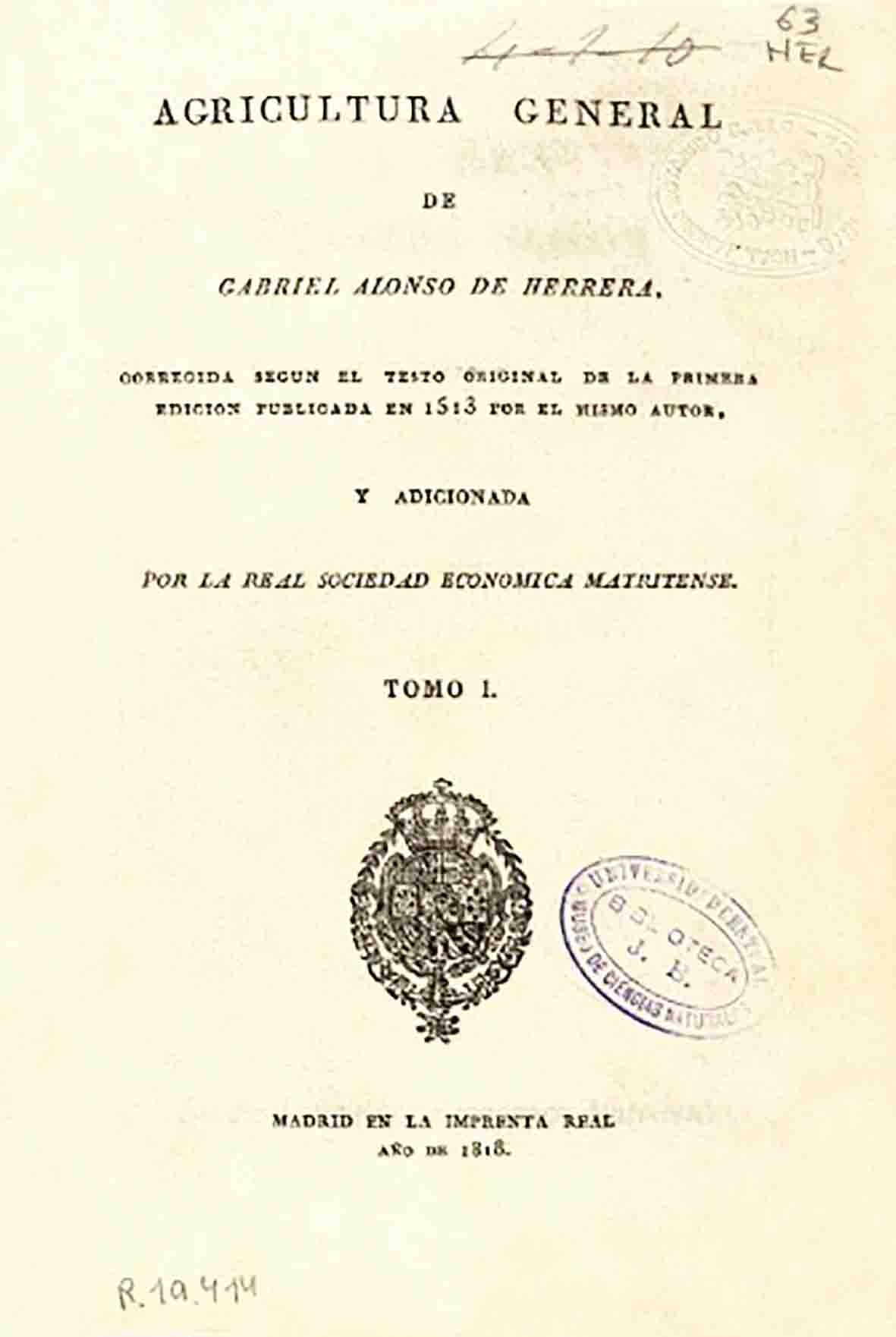De Madrid a Cádiz en 1753. Anotaciones y observaciones de D. Pedro Loeffling
Chapters
Pages
Pedro Loeffling
Editor: Madrid, Imprenta del Patronato de Huérfanos de Intendencia é Intervención Militares
Year of edition: 1926
This manuscript was recovered and published by Agustín Barreiro and contains a historical introduction and the notes by Loeffling on his journey, these notes are faithful to those of the original author. The diary results from the journey from Madrid to Cadiz, from where he left for an expedition to South America. This travel started in October until November 1753, when he wrote in his travel diary several important observations mainly for botany. He made notes not only about the type of spontaneous vegetables but also naming them according to their genus and species, indicating the places, type of land where they grew, and pointing out vernacular names and describing them. However, also interesting are his observations related to agriculture, industry, livestock, agricultural buildings, commerce and customs of the habitants. Thus, becoming a faithful reflection of Spanish life, customs, agriculture and commerce practices at that time.
A.A.
more sugestions…
Livro de agricultura em...
João António Garrido
Flora española...
José Quer Martínez
Através dos campos...
José da Silva Picão
Travels in Portugal and...
Heinrich Friedrich Link
Ancora medicinal...
Francisco da Fonseca Henriques
Agricultura general...
Gabriel Alonso de Herrera

